Functional state biorhythmic seasonality factors and performance of middle distance runners
Фотографии:
ˑ:
Honoured Worker of Science of Russia, Dr.Biol., Professor A.P. Isaev
Associate professor, Ph.D. V.V. Ehrlich
South Ural State University (SRI), Institute of sport, tourism and service, Research Center of Sports Science of Institute of sport, Chelyabinsk
Keywords: simulation of adaptive processes, performance, seasonal biorhythms of functional and metabolic conditions, programming.
Introduction. The core idea of the study was to monitor and simulate by mathematical tools the coordination and subordination patterns in interactions of multilevel functional systems in the context of biologically valuable accomplishments in sport activities. The newly established biology of nonlinear phenomena [1] gives a toolkit for sound scientific justifications of advanced training technologies based on the relevant system-synergy concepts. Now the available advanced systems of physiological data analyses provide a firm basis for an integrated control of the tested athlete's condition and fitness factors [2]. The training process fundamentals are now designed based on the focused development of the local- regional muscular endurance (LRME) that gives the means to maintain the adaptation potential in the period of popular events.
Materials and methods. Computer simulation tools for the training process programming make provisions for the variably directed shifts in the multilevel functional conditions. These data is obtainable using a system analyser (Registration Certificate #FSZ 2008/02305). The resultant consolidated study data (covering more than 1,180,000 indicators) were downloaded to the data base of Skiff Aurora Supercomputer. An advanced physiological study data analysing system was developed for the study [3], with the 4-stage analysis taking one year. 120 track and field athletes, including 60 male and 60 female athletes qualified Candidate Masters of Sport and Masters of Sport in steeplechase, were involved in the research. In the study process we fixed their 800 m and 1500 m steeplechase results, with 58 indicators being applied to collect study data on the athletes’ body state.
Study results and discussion. Preliminary graphic analysis was made after the study data were processed. The Figures hereunder present the statistics of the middle distance race results in the annual cycle as summarized on the box diagrams.
The subject runners showed their average worst results in the 800 m races in autumn and the best results in summer over the annual cycle. It is noteworthy that the race result variations in autumn and winter time were very low while in the spring and summer time they were generally higher. Statistics of the women’s race results shows extremely high race result variations in summer time and modest in winter. However, the average and medial values of the race results were fairly close for the winter and summer seasons. Women normally achieved their best results in the autumn and spring time (Figure 1).
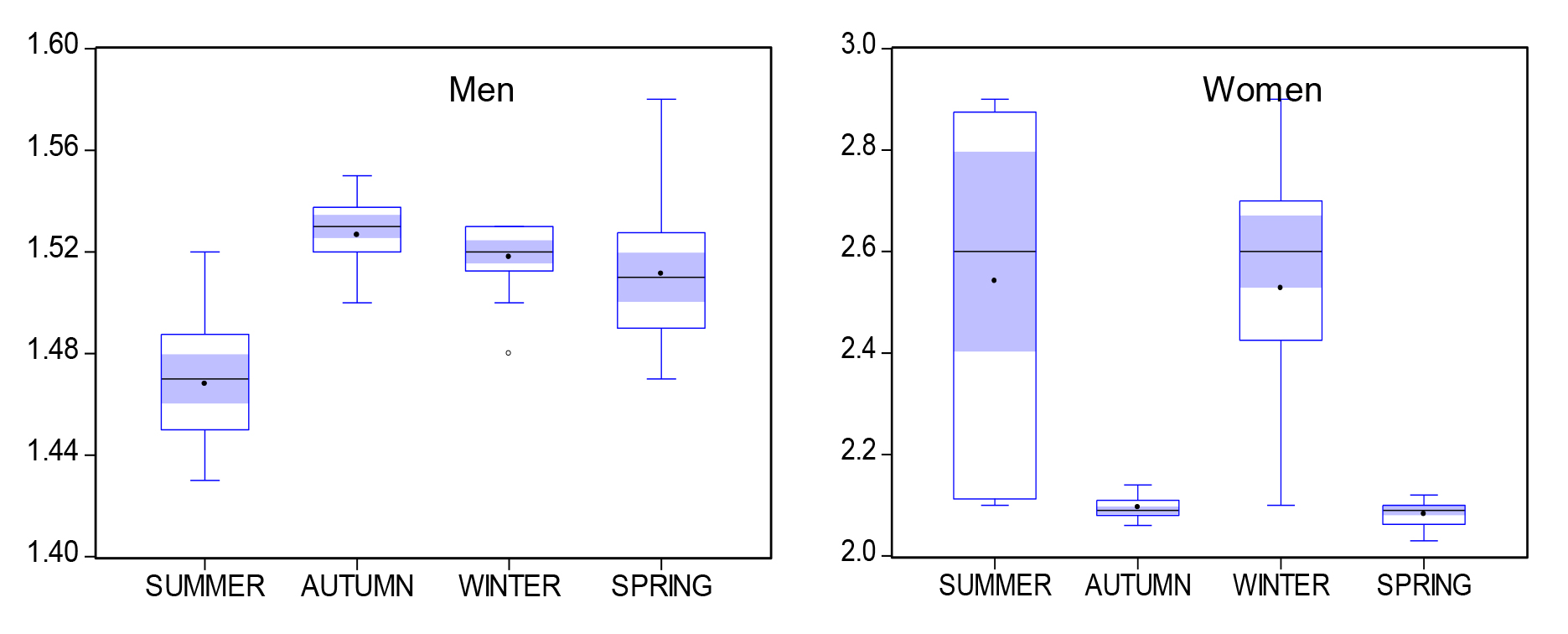
Figure 1. Statistical analysis of 800 m race results
The 1500 m race results show some dispersion both for men and women. The subject male runners were on average more successful on this distance in summer, autumn and spring time and less successful in winter. Female racers, by contrast, were the most successful in winter season. Spring was found to be the period of the worst results for most of the female competitors, although the relevant range of minimal values was not free of a few spikes (Figure 2).
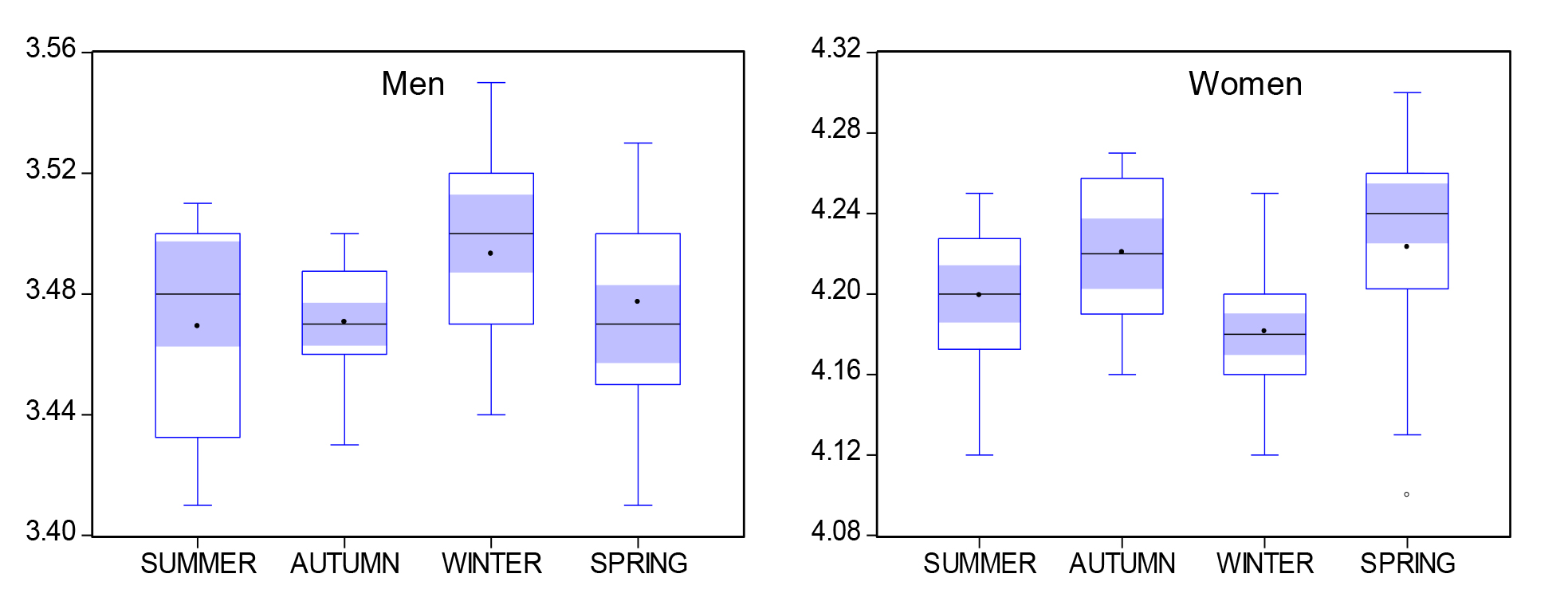
Figure 2. Statistical analysis of 1500 m race results
The men’s average results in the 3000 m hurdles races were generally the same in summer, winter and spring seasons, with the autumn averages being slightly worse. The average race results for the women’s 2000 m hurdles were the best in winter time, but the spring statistics was somewhat contradictory since some results were very low and the others very high, with the average values being even worse than in winter time (Figure 3).
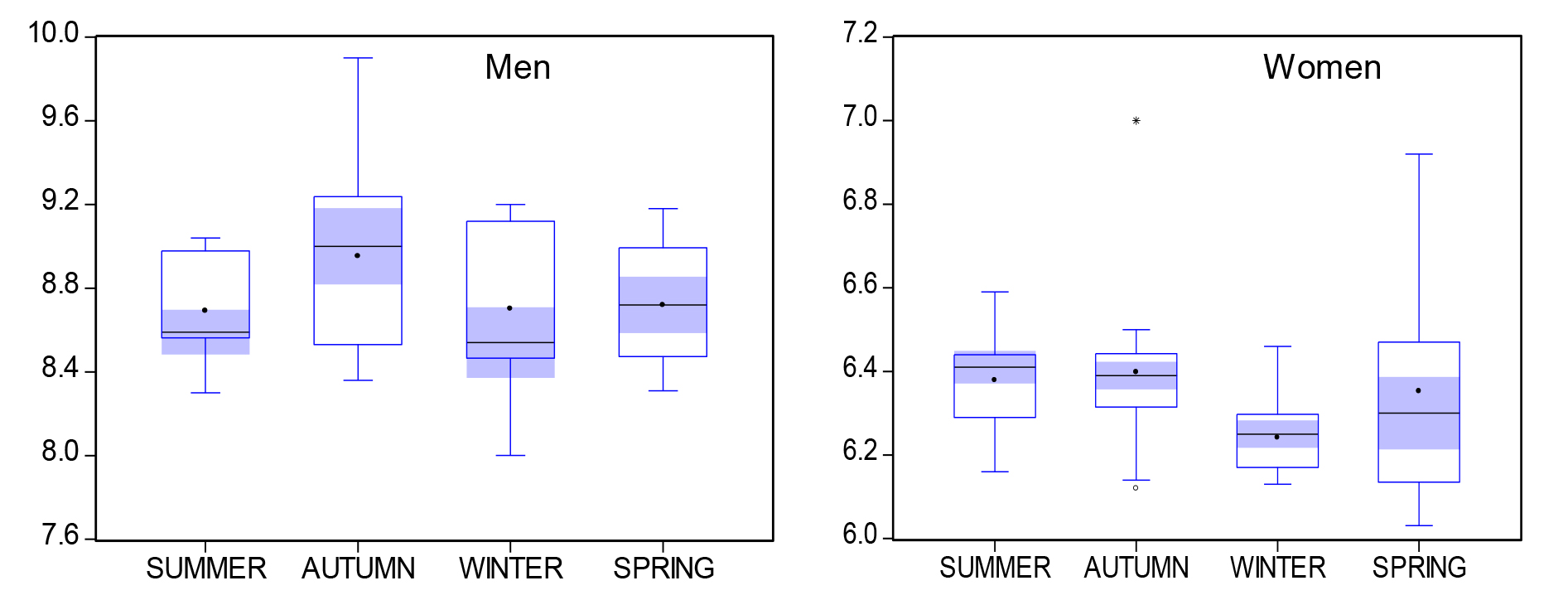
Figure 3. Statistical analysis of 3000/ 2000 m hurdles race results
Seasonal variations for most of the study factors were dominated by variations of their average values, as was the case, for instance, for the following testosterone level:
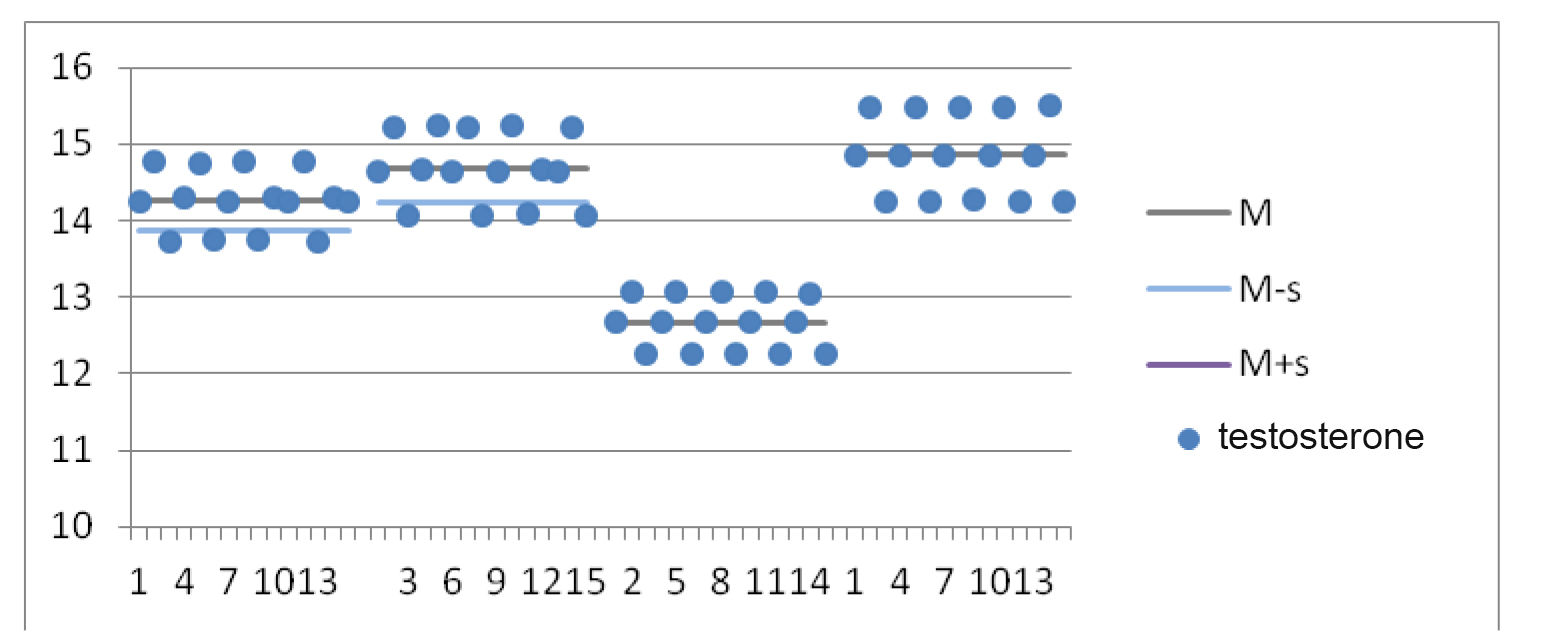
Figure 4. Seasonality of measured testosterone level
As seen from Figure 4, the seasonal measured testosterone levels for the subject athletes varied vs. the average value with approximately the same dispersions. Variations of some studied indicators showed seasonality in terms of both the average values and the dispersions. This was true for the total water level (%), for instance.
Having analyzed the pair correlation ratios, we found that the subject body condition factors were more influential on the 800 m race results. We found much lower pair correlation ratios in excess of 0.4 for these subject factors vs. the 1500/ 3000 m hurdles race results. It is not unlikely that the race results on these distances are controllable by a wider variety of different factors and the relevant correlations might be nonlinear.
Let us build up a multiple linear regression model taking the 800 m men’s race results as an explainable factor, with the choice of explaining variables being dominated by the factors showing the strongest linear correlation ratios. Now let us assess the model parameters separately for every season. We assessed the multiple linear regression models using the least square method. The final specification of the model in application to the summer season turned to be as follows: Result800m = 0.18*P3 + 0.02*P9 + 0.02*B1 – 0.12*O1. The resultant ratios may be interpreted as follows: when Oddi basal pressure (P3) grows by 1 mm Hg, it triggers the growth of the 800 m race result (Result800 m) by 0.18 min; when the total bilirubin concentration (P9) grows by 1 mcmol/l, or the hemoglobin concentration (B1) grows by 1 gram per liter, each of the growths will add 0.02 min to the race result; and when the plasma protein concentration (O1) falls by 1 gram per liter, the race result time will decrease correspondently.
The above model quality may be rated as satisfactory since every model ratio is meaningful with the confidence level of 85 %; adjusted determination ratio
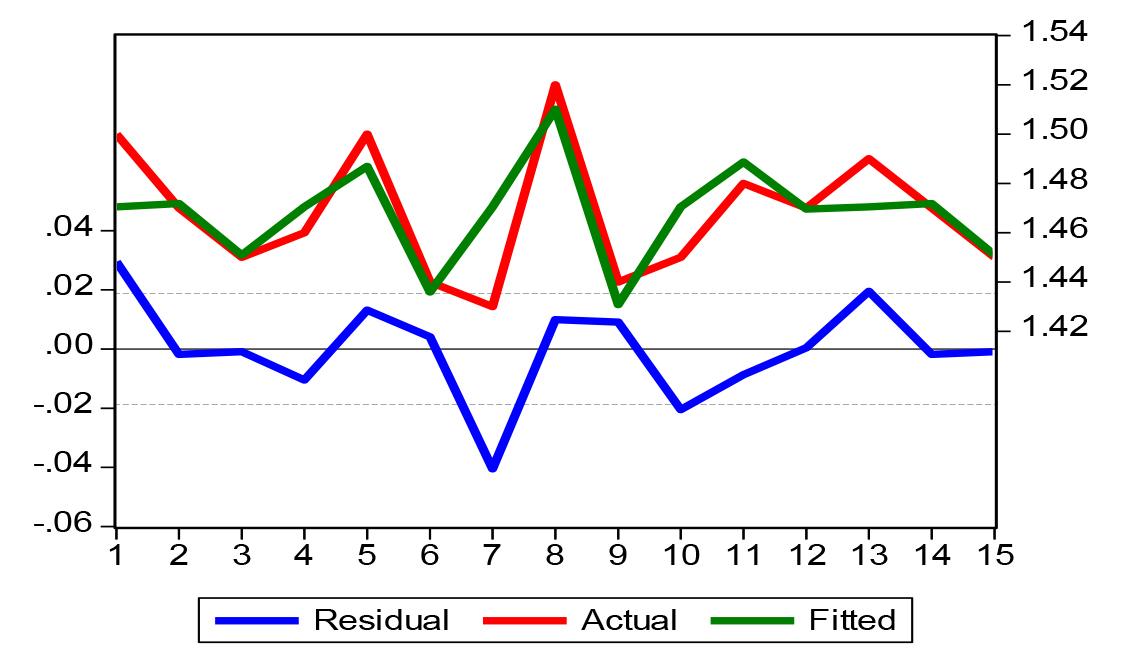
Figure 5
In addition, we made an attempt to develop models of conditions vs. results. The relevant determination factors were broken down as follows by seasons: 52.65% spring; 47.75% summer; 34.00% autumn; and 17.38% winter share. Determination factor comprises the share of dispersion of the dependent variable as explained by the subject dependence model. It may be considered a universal measure of dependence of one random value from many others.
Conclusions
1. The studies revealed influences of the seasonal factors and the training and competition activities on the race results versus the biological system performance factors including: stomach and liver performance factors; total water level; hormone and enzymatic activity; blood circulation system performance and metabolic process.
2. The 800 m race results were found to closely correlate with the stomach and liver performance factors and the hormone and enzymatic activity factors; and the 1500/ 3000 m hurdle race results were found to correlate with the blood circulation system performance and the metabolic process factors.
3. The studied body state factors, as provided by the relevant pair correlation analysis, appear to be more influential on the 800 m race results than on the 1500/ 3000 m race results.
4. Race results of the runners are correlated with the variable elements of the functional system that are specific for every season and every training stage.
References
- Bauer, S. Teoreticheskaya biologiya (Theoretical Biology) / S. Bauer. – Moscow: Izd-vo Gos. med. literatury, 1936. – 156 P.
- Verkhoshansky, Yu.V. Osnovy spetsial'noy fizicheskoy podgotovki sportsmenov (Fundamentals of special physical training of athletes) / Yu.V. Verkhoshansky. – Moscow: Fizkul'tura i sport, 1988. – 327 P.
- Epishev, V.V. Sistema intellektual'nogo analiza dannykh fiziologicheskikh issledovaniy v sporte vysshikh dostizheniy (Mining into the database of physiological research in the sphere of elite sport) / V.V. Epishev, A.P. Isaev, R.M. Miniakhmetov et al. // Vestnik Yuzhno-Ural'skogo universiteta, seriya «Vychislitel'naya matematika i informatika». – 2013. – V. 2. – № 1. – P. 44–55.
- Isaev A.P. Lokal'no-regional'naya myshechnaya vynoslivost' v sisteme podgotovki begunov i lyzhnikov-gonshchikov v usloviyakh ravniny i srednegor'ya: monografiya (Local-regional muscular endurance in training of runners and skiers in flatlands and at middle altitude: monograph) / A.P. Isaev, V.V. Ehrlich, V.B. Ezhov. – Chelyabinsk: Izd. tsentr YuUrGU, 2014 – 360 P.
- Seluyanov, V.N. Podgotovka beguna na srednie distantsii (Training of middle distance runner) / V.N. Seluyanov. – Moscow: TVT Divizion, 2007 – 112 P.
- Suslov, F.P. Godovoy makrotsikl kak osnovnoy element struktury sportivnoy podgotovki (Annual macrocycle as a basic element in sports training structure) / F.P. Suslov, B.N. Shustin / Tez. dokl. Vsesoyuz. nauch.-prakt. konf. «Nauchnye osnovy upravleniya podgotovki vysokokvalifitsirovannykh sportsmenov» (Book of abstr. of the All-Union. theor. and practical. conf. "Scientific grounds for management of elite athletes' training"). – Moscow–Tallinn, 1986. – P. 10–12.
- Suslov, F.P. Metodika silovoy podgotovki v tsiklicheskikh vidakh sporta, trebuyushchikh preimushchestvennogo proyavleniya vynoslivosti (Strength training technique in cyclic mostly endurance sports) / F.P. Suslov, V.B. Gilyazova. – GKFKS, VNIIFK, TsNIIS, 1990. – 32 P.
- Suslov, F.P. Sportivnaya trenirovka v usloviyakh srednegor'ya (Sports training at middle altitude) / F.P. Suslov, E.B. Gippenreiter, Zh.K. Kholodov. – Moscow: Sovetsky sport, 2003. – 202 P.
- Ehrlich, V.V. Sezonnye bioritmy sistemy krovi, obmennykh protsessov, funktsiy zheludka i pechenochnykh prob u begunov na srednie distantsii (Seasonal biorhythms of blood system, metabolic processes, stomach and liver function tests in middle distance runners) / V.V. Ehrlich // Vestnik Yuzhno-Ural'skogo gosudarstvennogo universiteta Seriya «Obrazovanie, zdravookhranenie, fizicheskaya kul'tura». – V. 13. – № 2. – P. 36–41.
Corresponding author: erlih-vadim@mail.ru




